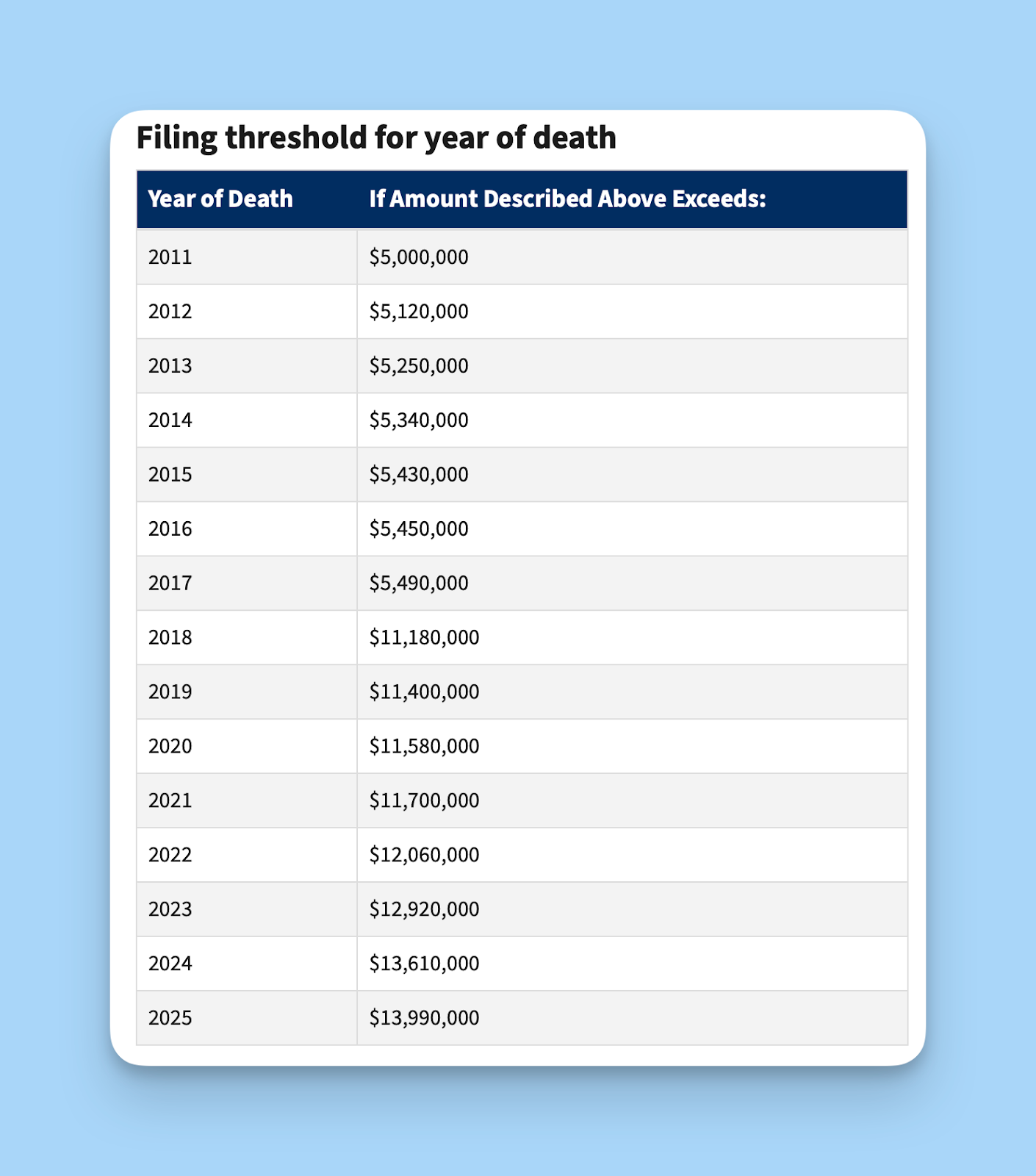Imagine converting a $1 million stock position into lifetime income while avoiding $200,000 in capital gains taxes and securing a $400,000 tax deduction. This isn't tax fiction - it's the reality of charitable remainder trusts.
For high-net-worth individuals holding appreciated assets, the charitable remainder trust represents one of the most powerful yet underutilized estate planning strategies available. These sophisticated trusts solve multiple financial challenges simultaneously: diversifying concentrated positions, generating retirement income, reducing estate taxes, and creating lasting charitable impact.
Understanding Charitable Remainder Trusts for High-Net-Worth Individuals
A charitable remainder trust (CRT) is an irrevocable trust that provides an income stream to you or other beneficiaries for a specified period, after which the remaining assets are donated to a designated charity. This powerful estate planning tool combines tax benefits with philanthropic goals.
Here's what you need to know: A charitable remainder trust offers immediate charitable remainder trust tax benefits including partial income tax deductions and capital gains tax deferral. The trust pays no income tax on investment income, including the sale of appreciated assets.
CRTs are "split-interest" giving vehicles, meaning they benefit both you (the income recipient) and a charitable beneficiary (the ultimate recipient of the remaining assets). This dual benefit makes them attractive for high-net-worth individuals.
These trusts are particularly valuable for individuals with highly appreciated assets who want to balance philanthropic goals with income needs and tax efficiency. The types of charitable remainder trusts available offer flexibility for different financial situations.
How Charitable Remainder Trusts Work
You transfer cash or property into an irrevocable trust. This transfer is permanent and the assets cannot be reclaimed. The trust provides an income stream to you or other named beneficiaries. These income payments continue for your chosen timeframe.
Payments can be made for a specific term of up to 20 years or for the life of one or more beneficiaries. The IRS term limits allow customized planning to fit your timeline.
The annual payment must be at least 5% but no more than 50% of the assets in the trust. This percentage requirement ensures both meaningful income and charitable benefit.
At the end of the trust's term, the remaining assets are distributed to one or more qualified charitable organizations. This creates your lasting philanthropic legacy.
The remaining interest donated to charity must be at least 10% of the initial net fair market value of all property placed in the trust. For Charitable Remainder Unitrusts (CRUTs), this 10% test applies to each contribution individually, not just the initial funding.
Types of Charitable Remainder Trusts
Charitable Remainder Annuity Trusts (CRATs)
A Charitable Remainder Annuity Trust (CRAT) distributes a fixed dollar amount (a "sum certain") each year to the income beneficiary. This amount never changes during the trust term.
- Fixed Income: The annuity amount is determined when the trust is created and does not change, regardless of the trust's investment performance. Predictability is the key benefit.
- Funding: Additional contributions to a CRAT are not permitted after the initial funding. One-time funding simplifies administration.
- Best For: Those who want predictable, stable income regardless of market conditions.
Charitable Remainder Unitrusts (CRUTs)
A Charitable Remainder Unitrust (CRUT) distributes a fixed percentage of the trust's assets, which are revalued annually.
- Variable Income: The income payment fluctuates each year depending on the trust's value. Market gains increase your income stream, while market losses decrease it.
- Funding: Additional contributions can be made to a CRUT. This flexibility supports ongoing tax planning.
- Best For: Those who want potential income growth (inflation hedge) and the flexibility to add assets over time.
The CRAT vs CRUT decision depends on your income needs.
Benefits of a Charitable Remainder Trust for Wealth Preservation
A charitable remainder trust provides a predictable income stream while maintaining your philanthropic legacy, allowing you to balance current needs with future giving.
Wealth protection strategies complement charitable remainder trust planning, ensuring that comprehensive planning maximizes your benefits.
This vehicle allows for a significant, planned gift to causes you care about, ensuring your values guide your legacy.
Immediate Income Tax Deduction
You receive an immediate partial income tax deduction in the year the trust is funded. Current tax savings offset future gifts.
The deduction is based on the present value of the remainder interest that will eventually go to charity. Complex calculations determine exact amounts.
The charitable deduction is calculated based on the trust's term, the payout rate, and the IRS Section 7520 interest rate at the time of the trust's creation. For example, the Section 7520 rate for November 2025 is 4.6%.

Valuation of donated property is critical to determining optimal funding amounts. Accurate valuations maximize deductions.
Strategic Capital Gains Tax Avoidance
Highly appreciated assets, such as concentrated stock positions, real estate, or cryptocurrency, can be donated to the trust. The charitable trust for appreciated assets provides maximum benefits.
Bitcoin investing strategies and digital asset investments create opportunities for charitable remainder trust funding. Crypto gains receive favorable treatment when donated in-kind.
The trustee can then sell the assets without incurring immediate capital gains tax liabilities. Tax-free sales preserve more principal. This allows the full value of the asset to be reinvested, generating a larger income stream. More assets mean more income.
Estate Tax Reduction
Assets transferred into a CRT are removed from your taxable estate, potentially reducing future estate taxes for your heirs. Estate planning benefits multiply.
For 2025, the federal estate tax exemption is $13.99 million per individual. Planning now captures these higher exemptions before potential legislative changes.

State estate taxes may apply at lower thresholds. Comprehensive planning addresses all tax exposures.
Tax Implications and Reporting Requirements
Taxation of Income Payments
Payments you receive from the trust are taxable to you, not the trust. Understanding this unique tax treatment is critical for forecasting after-tax cash flow.
The income is taxed in a specific "Four-Tier" order:
- Ordinary Income: Interest, non-qualified dividends, short-term capital gains
- Capital Gains: Long-term capital gains, taxed at favorable rates
- Other Tax-Exempt Income: Tax-free municipal bond interest
- Return of Principal: Tax-free distribution of corpus
This four-tier system determines the tax character of distributions.
Importantly, it follows a "worst-in, first-out" rule: higher-taxed income within each category (such as ordinary income taxed at 37%) is distributed to you before lower-taxed income (such as qualified dividends taxed at 20%).
Annual Tax Filings
Charitable remainder trusts must file Form 5227 (Split-Interest Trust Information Return) annually with the IRS to report financial activities. Compliance is mandatory to maintain the trust's tax-exempt status.
You will receive a Schedule K-1 (Form 1041) each year to report the income you receive from the trust on your personal tax returns. Tax reporting continues throughout the full term of the trust.
Optimal Assets to Transfer into a Charitable Remainder Trust
Highly Appreciated Publicly Traded Securities: Stocks, bonds, and ETFs work exceptionally well. Liquid assets simplify trust administration and valuation.
Concentrated Stock Positions: Positions from equity compensation or business exits maximize benefits. Pre-IPO stock planning often creates significant appreciation, allowing you to capture the value before the tax bill hits.
Real Estate Holdings: Property with substantial appreciation qualifies for funding, allowing sales to avoid capital gains tax.
- Critical Note: Avoid contributing mortgaged properties. Debt on the property can trigger "unrelated business taxable income" (UBTI) or be treated as a "bargain sale," generating immediate tax liabilities for you.
Closely Held Stock (C-Corp): Private C-Corp interests can fund trusts effectively.
- Restriction: S-Corp stock cannot be contributed. A CRT is not an eligible shareholder for an S-Corporation. Contributing S-Corp shares will inadvertently terminate the company's S-Corp status, forcing it to become a C-Corp.
Cryptocurrency and Digital Assets: Assets with significant gains offer new opportunities. Because the IRS treats crypto as property, donating it to a CRT avoids the capital gains tax you would incur by selling it first.
Private Business Interests: Partnership stakes and LLC interests provide funding options. However, care must be taken to ensure the business income is "passive" (like rents or royalties) rather than "active," to avoid the 100% excise tax on UBTI.
Alternative investments and alternative assets can also diversify trust holdings.
Strategic Considerations and Potential Drawbacks
Irrevocable Nature
Once assets are transferred to a CRT, you cannot reclaim them or change the terms of the trust. Permanent decisions require careful consideration.
This requires careful planning and certainty about your long-term capital needs.
Complexity and Professional Costs
CRTs require an estate planning attorney to structure properly. Choosing a good financial advisor ensures optimal outcomes.
Ongoing administrative costs include trustee fees, investment management fees, and annual tax preparation. You must budget for these ongoing expenses to ensure the tax benefits outweigh the costs.
IRS Compliance Requirements
The IRS closely examines CRTs. Prohibited transactions, known as "self-dealing," are strictly forbidden and can disqualify the trust.
- Example: You cannot donate a vacation home to a CRT and then continue to stay in it rent-free (or even for fair market rent).
- UBTI Risk: If the trust earns Unrelated Business Taxable Income (UBTI), such as active business income or debt-financed income, the trust must pay a 100% excise tax on that specific income.
Advanced CRT Strategies for Sophisticated Wealth Planning
Combining a CRT with a Donor-Advised Fund (DAF)
Naming a DAF as the charitable beneficiary of a CRT provides flexibility to recommend grants to various charities over time.
- Strategic Benefit: This effectively separates the "tax event" (funding the CRT) from the "giving decision." You lock in the deduction now but can decide later which specific charities will receive the remainder. This Donor-Advised Fund flexibility ensures your legacy can evolve with your family's values.
Wealth Replacement with Life Insurance
Income from the CRT can be used to fund a life insurance policy, often held in an Irrevocable Life Insurance Trust (ILIT). This is known as the "Wealth Replacement Strategy."
- The Mechanism: The tax savings and income from the CRT pay the life insurance premiums.
- The Result: Upon your passing, the CRT assets go to charity, but the life insurance death benefit goes to your heirs. Because the policy is owned by an ILIT, the proceeds are generally received free of income and estate taxes, effectively "replacing" the donated wealth for your family.
Designating a CRT as an IRA Beneficiary
This strategy is a powerful workaround to the SECURE Act, which eliminated the "Stretch IRA" for most non-spouse beneficiaries.
- The Problem: Most adult children inheriting an IRA must now withdraw (and pay taxes on) the entire balance within 10 years. This can push them into the highest tax brackets during their peak earning years.
- The CRT Solution: By naming a CRT as the IRA beneficiary, the IRA pays out to the tax-exempt trust lump-sum (tax-free). The trust then pays income to your heirs for their lifetime or up to 20 years. This effectively restores the "stretch," spreading the tax liability over decades rather than a single decade.
Is a Charitable Remainder Trust Right for Your Wealth Strategy?
The answer is: A CRT may be ideal if you meet specific criteria. Evaluate your complete situation carefully.
- Philanthropic Intent: You have a strong desire to make a significant charitable impact while maintaining income.
- Tax Mitigation: You own highly appreciated assets (stock, real estate, business interests) and want to avoid the immediate ~20-23.8% federal capital gains tax hit.
- Income Security: You need a steady income stream for yourself or your heirs. Reliable cash flow supports retirement.
- Estate Planning: You have a taxable estate and are looking for strategic ways to reduce estate taxes. Portfolio diversification complements these estate planning goals.
- Asset Rebalancing: You want to diversify a concentrated stock position without triggering immediate tax consequences.
Work with qualified professionals including an estate planning attorney, financial advisor, and tax specialist to determine if a CRT aligns with your financial situation and philanthropic goals. Professional guidance ensures success.
Tracking Your Charitable Remainder Trust and Complete Wealth Picture
Once you establish a CRT, it becomes a significant component of your overall wealth that requires ongoing monitoring. Active management optimizes results.
Tracking net worth becomes more complex with trust assets, making comprehensive tracking essential. CRT assets need to be tracked alongside your other holdings to understand your complete financial picture. Integration provides clarity.
Portfolio performance evaluation must include trust investments. Regular monitoring ensures the trust's growth aligns with your income needs and the remainder requirements.
- Asset Value: Monitor the trust's performance over time. Growth directly affects your future income payouts (in a CRUT) and the charitable remainder.
- Income Distributions: Track the payments you receive. Precise distribution tracking supports tax planning, specifically for managing the "four-tier" tax buckets.
- Coordination: Coordinate CRT reporting with your other investment accounts, real estate, and alternative assets. Comprehensive coordination maximizes efficiency.
Many high-net-worth individuals with CRTs also have complex portfolios, including:
- Multiple Institutions: Brokerage and bank accounts scattered across different firms.
- Global Assets: International accounts and cross-border assets that add layers of currency and compliance complexity.
- Illiquid Holdings: Real estate and private equity investments that require manual valuation updates.
- Digital Assets: Cryptocurrency and DeFi positions, which are becoming common funding sources for CRTs but need specialized monitoring.
- Equity Compensation: Restricted stock units (RSUs) and business interests that round out the picture.
Use Kubera to See Your Full Balance Sheet
Kubera provides a comprehensive solution for tracking your CRT assets alongside your entire portfolio. Modern tools simplify complex tracking.

- Aggregate Everything: Connect all your financial accounts, including trusts, bank accounts, investment accounts, and retirement accounts in one secure platform. Consolidation provides clarity.
- Track Digital & Traditional: Monitor traditional assets alongside cryptocurrency holdings across multiple chains. Digital and traditional assets integrate seamlessly.
- Visualize Trends: Monitor your complete net worth over time with detailed reports and analytics. Visual dashboards reveal trends that spreadsheets miss.
- Secure Document Storage: Store important documents related to your CRT, estate plan, and other financial matters securely. Document management protects critical information for your heirs.
- Beneficiary Management: Share specific portfolio information with your estate planning attorney, financial advisor, or family members using purpose-built sharing controls. Controlled sharing enhances collaboration.
Get Started with Kubera
Get started with Kubera to bring all your wealth into complete view. Comprehensive tracking transforms wealth management.
Understanding CRT Tax Deduction Calculations
The CRT tax deduction calculation involves complex actuarial computations. The immediate income tax deduction you receive is equal to the present value of the amount the IRS estimates will go to your chosen charity at the end of the trust's term.
Three key factors determine your deduction amount:
- The Payout Rate: The annual percentage paid to beneficiaries (must be 5% to 50%).
- The Trust Term: The length of the trust (up to 20 years or life expectancy).
- The Section 7520 Rate: The IRS-mandated interest rate used for valuation, which is set monthly.
For example, a $1 million CRAT paying $50,000 annually with a 5.4% Section 7520 rate might generate approximately $390,000 in immediate charitable deductions.
Strategic planning means balancing your income needs with the charitable remainder's minimum 10% value requirement to ensure the trust qualifies for its tax benefits.
Comparing Types of Trusts for Estate Planning
Understanding different types of trusts is essential to selecting optimal estate planning strategies. While a CRT offers a unique balance of income and giving, other trusts serve distinct purposes:







